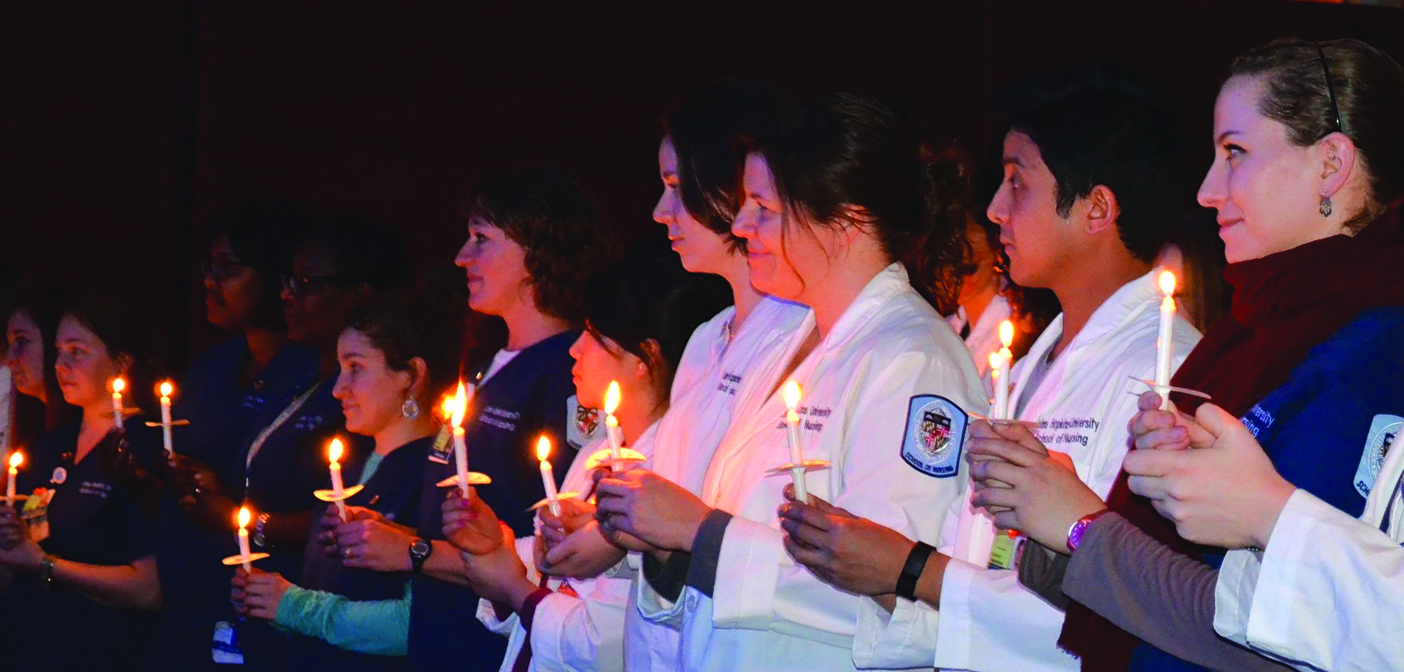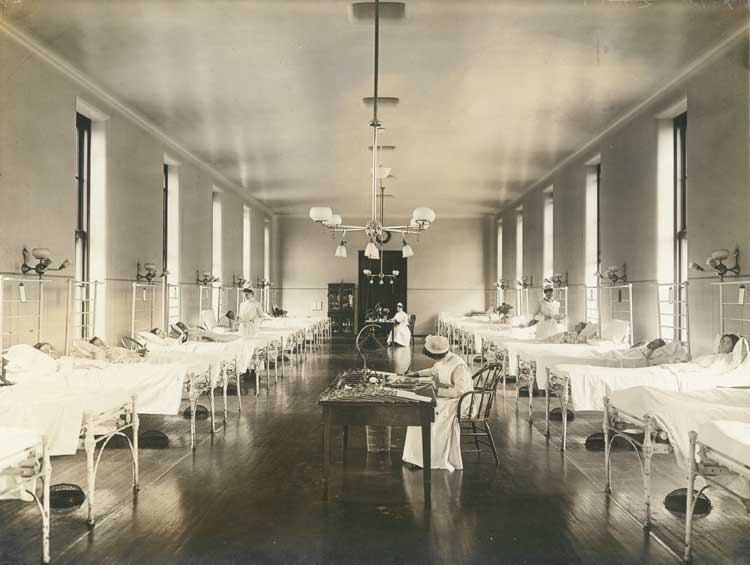By Jim Miller
Health care providers are acutely aware of the health problems caused by methamphetamine use. But substance abusers are not the only ones whose health could be affected by the street drug.
Former graduate student Diane McFadden, MSN, MPH, RN, and School of Nursing faculty members Joan Kub, PhD, RN, and Sheila Fitzgerald, PhD, MSN, conducted an extensive search of the literature on methamphetamine and found that “first responders”—police officers, firefighters, and Emergency Services personnel—are exposed to conditions that can endanger their health when they come in contact with clandestine methamphetamine labs. Their findings are reported in the September/October 2006 issue of The Journal of Addictions Nursing.
There are thousands of methamphetamine labs in the U.S. In 2004 alone, the Drug Enforcement Agency identified and seized 15,994 of them. Usually operated by amateur drug makers—most often in unassuming homes, hotel rooms, or trailers—these labs are dangerous places because of their highly toxic atmosphere. Methamphetamine manufacture involves numerous chemical reactions that can cause fire and explosions (nearly a third of methamphetamine labs are discovered this way), releasing toxic gases and waste.
McFadden and colleagues found that first responders are often unaware that they are entering a methamphetamine lab and therefore may not be sporting protective equipment or clothing—“thereby exposing themselves to chemicals that can cause lung damage, eye and respiratory irritation, and burns.” Expo-sure can be lengthy since it usually takes hours to collect evidence and decontaminate the site. In addition, if individuals are not properly decontaminated before they are transported to a medical facility, ER staff may be put at risk of exposure as well.
Notes Kub, “Exposure to the highly toxic and dangerous chemicals and gases found in methamphetamine labs may pose serious health risks to those who come in contact with them. The public, but especially first responders and emergency medical personnel, need to be better informed and take precautions to guard their health and safety.”
 A Moment to Reflect
A Moment to Reflect Fast, Fluid Nature of Cardiac Surgery Keeps Nurses Engaged
Fast, Fluid Nature of Cardiac Surgery Keeps Nurses Engaged Defining Moments
Defining Moments Two Nursing Leaders Join Faculty
Two Nursing Leaders Join Faculty Honoring the Passion at the Heart of Her Work
Honoring the Passion at the Heart of Her Work







